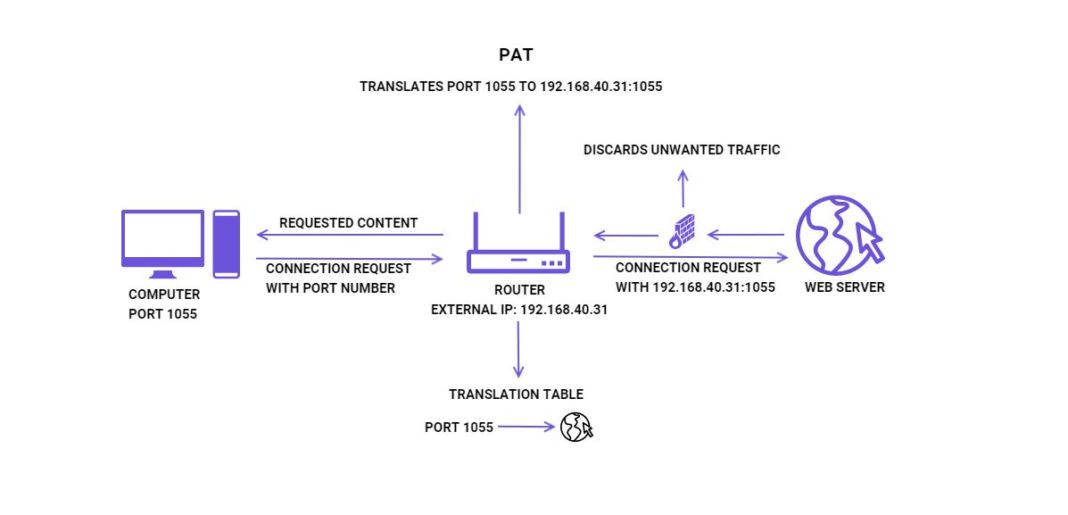

However, an attacker is only able to do harmful activities if he has access to a device in the internal network. Administrators feel more secure if their network topology is hidden from the outside.

“NAT hides the internal network structure which keeps my network more secure from attackers since they do not know which systems are available.” –> I have often heard this sentence.I always present a short description of common NAT “security” considerations and then refute it: Here comes the actual discussion concerning the “security” features NAT adds to a network. With many Source-NATs and Destination-NATs, every intermediary firewall stores different IP addresses in its log files.

For vast installations, configuring and debugging connections that traverse several NAT devices is really difficult. (Refer to RFC 3027 “Protocol Complications with the IP Network Address Translator”.) To overcome this disadvantages, a few changes in the just mentioned protocols are proposed to use them also through NAT devices, called NAT traversal, e.g., IPsec NAT-T ( RFC 3947, 3948), passive FTP ( RFC 1579, 2428), etc.įurthermore, the usage of NAT adds a burden to all (network) administrators that have to configure and administrate it. For example, IPsec host-to-host tunnels cannot be used with NAT, the FTP protocol (active mode) does not work, VoIP (SIP) has troubles, and any other peer-to-peer protocols do not work out of the box if they need to establish connections to each other independently. The usage of NAT has several disadvantages, mainly because it breaks the end-to-end communication model which is essential for proper IP connections.


 0 kommentar(er)
0 kommentar(er)
